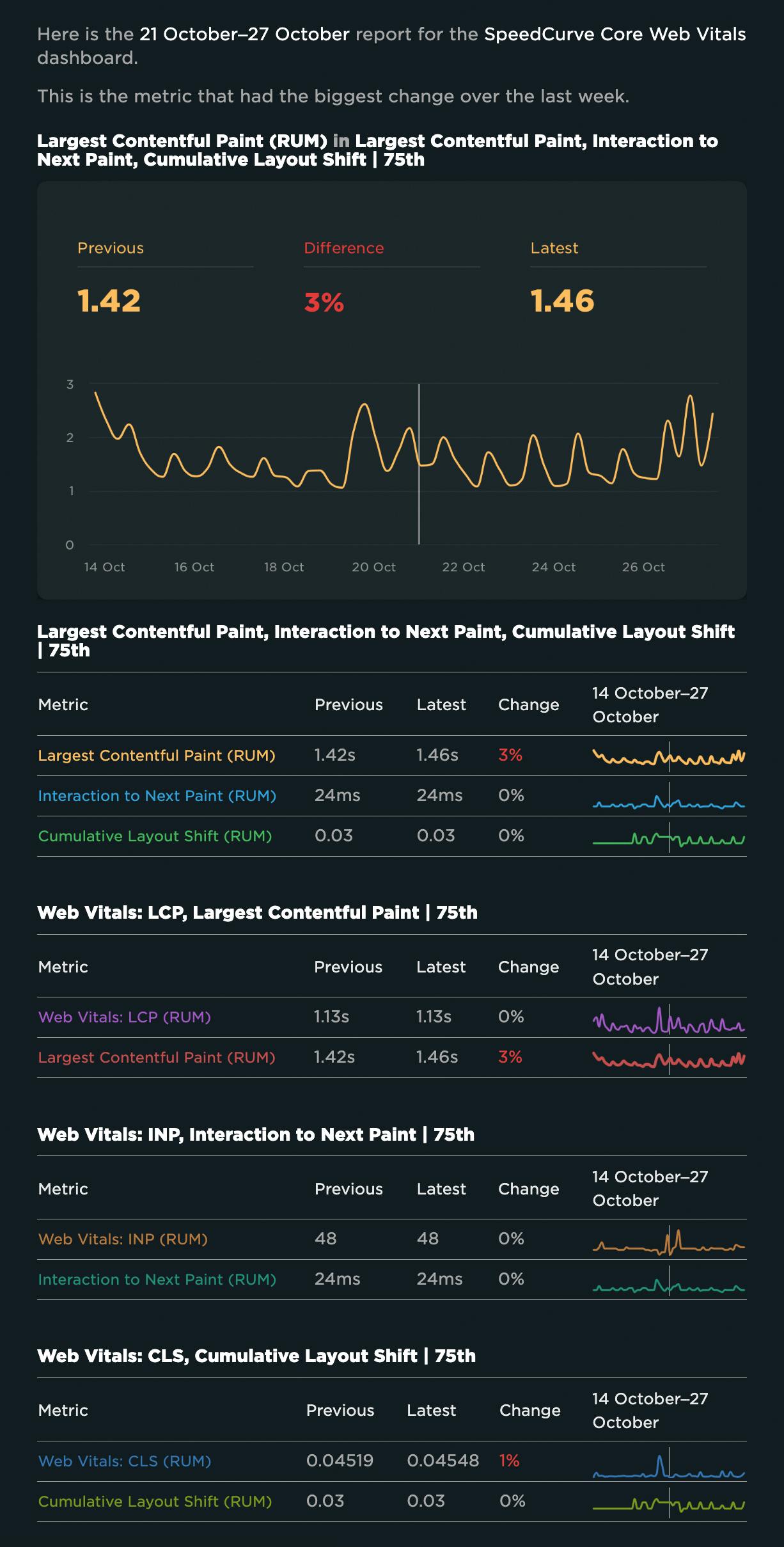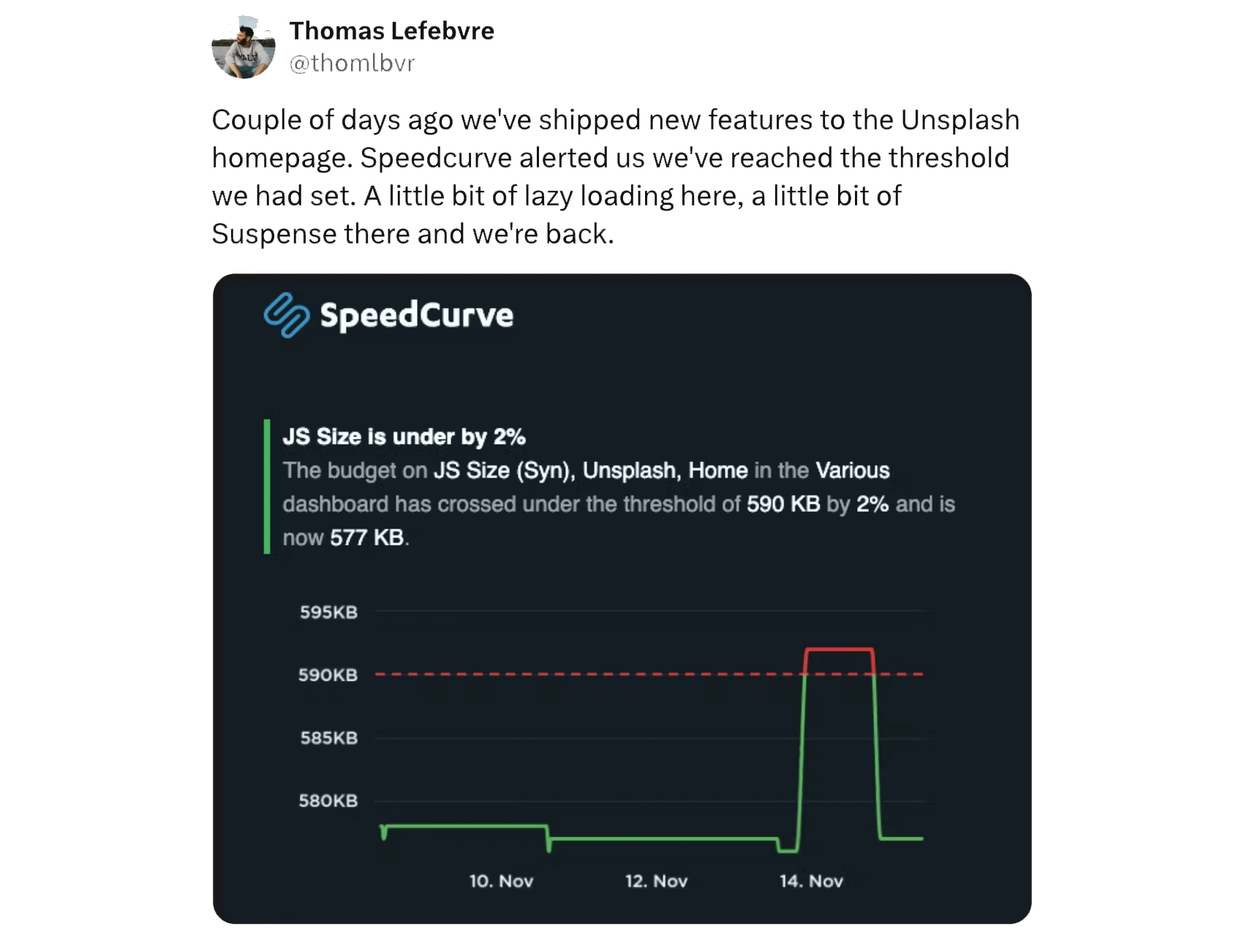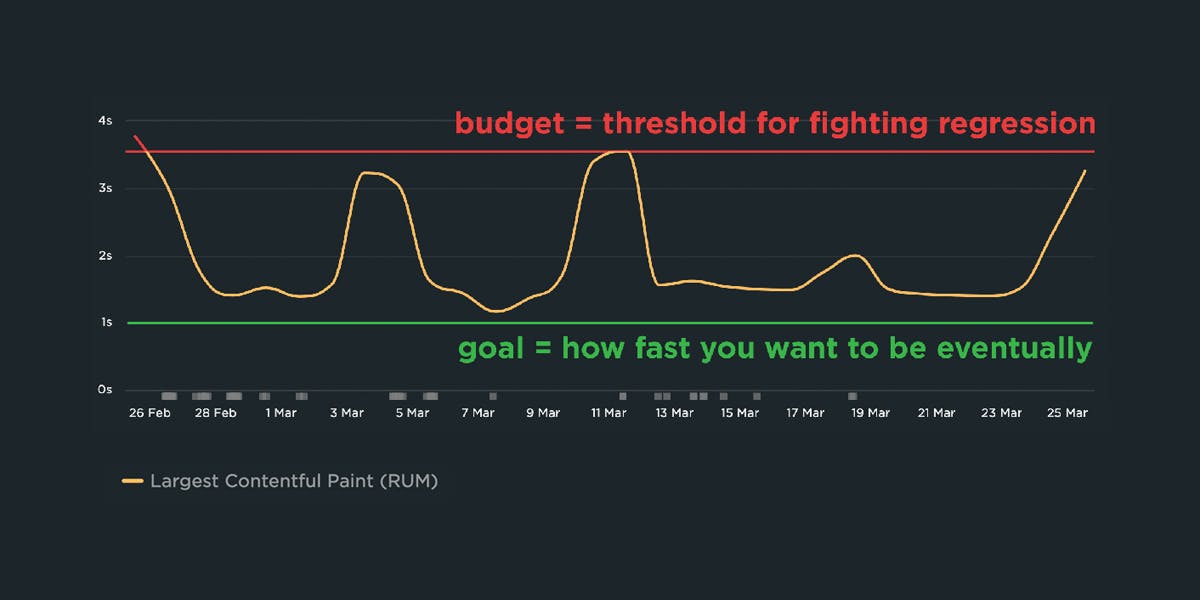2024 Holiday Readiness Checklist (Page Speed Edition!)
Delivering a great user experience throughout the holiday season is a marathon, not a sprint. Here are ten things you can do to make sure your site is fast and available every day, not just Black Friday.

Your design and development teams are working hard to attract users and turn browsers into buyers, with strategies like:
- High-resolution images and videos
- Geo-targeted campaigns and content
- Third-party tags for audience analytics and retargeting
However, all those strategies can take a toll on the speed and user experience of your pages – and each introduces the risk of introducing single points of failure (SPoFs).
Below we've curated ten steps for making your users happy throughout the holidays (and beyond). If you're scrambling to optimize your site before Black Friday, you still have time to implement some or all of these best practices. And if you're already close to being ready for your holiday code freeze, you can use this as a checklist to validate that you've ticked all the boxes on your performance to-do list.
Optimize your monitoring
By now, you're most likely getting ready to head into a holiday code freeze/thaw/chill – which means you may not have a lot of opportunities to make big changes or optimizations. Here are a few things you can tackle right now that don't necessarily require higher-level approval or extra costs.
1. Use both synthetic and RUM
Explore free tools. Hopefully this item is easy to check off. If you don't have a monitoring solution in place for the holidays, there are a lot of free trials out there you can use – including ours! (Not sure if you need synthetic or real user monitoring? You probably need both.)
Work around RUM deployment challenges. Real user monitoring (RUM) can sometimes be harder to implement on short notice compared to synthetic tools. Use a tag manager (e.g., Google Tag Manager) or A/B testing tool if you need to circumvent code changes.
Use CrUX in a pinch. If you're still out of luck in the RUM department, you can always look at field data from Google CrUX (Chrome User Experience Report). Caveat: CrUX data isn't true RUM. It's collected from Chrome sessions only, and only for certain types of Chrome users. It also filters out origins and pages that don't meet specific eligibility requirements. But CrUX data is better than no RUM data.
2. Make sure you’re tracking the right metrics
Think beyond Core Web Vitals. While Core Web Vitals are typically a big focus for retailers because they have a direct impact on search rank, they are not the only indicators of a good user experience. In fact, for a lot of customers, iOS traffic – which Vitals can't track – is the most popular and has higher conversion rates. With so much of your revenue at stake, relying only on Core Web Vitals creates a huge blind spot.
Consider adding custom metrics. If you need to track iOS traffic and other clients, custom metrics let you measure what is most important to your business.
Don't forget about backend time. Time to First Byte (TTFB) can be a page speed killer, especially during peak traffic.

Track your CDN. If you use a content delivery network (CDN), then you need to know that CDN performance is critical during the holiday season. Did you know that you can track the health of your CDN in RUM using server-timing headers? Capture cache hits/misses, time spent at the edge, origin, and even round-trip time (RTT) for most major CDN providers.
3. Manage third-party scripts
The average web page has 35+ third-party scripts. The average blocking time for the 10 most popular third parties is 1.4 seconds. Third parties can hurt important metrics, like Core Web Vitals. More important, slow or blocking third parties can hurt how users experience your site, which in turn can hurt your user engagement and business metrics.
 Audit the third-party scripts on your pages. I'm always amazed at how many sites have third-party tags that are no longer needed or in use. Remove unwanted scripts.
Audit the third-party scripts on your pages. I'm always amazed at how many sites have third-party tags that are no longer needed or in use. Remove unwanted scripts.
Defer or load asynchronously. Avoid single points of failure by deferring non-essential scripts or loading them asynchronously.
Set up tracking and performance budgets. Focus on third parties that are business critical or, more important, critical for the user experience. (More on performance budgets and alerts in section 6, below.)
Know your SLAs with third-party vendors. If possible, ask vendors about their release schedule during the holidays to avoid unpleasant surprises.
Put together a playbook for third-party failures. This is a simple guide that includes a point of contact for each script, kill switches, or procedures to remove scripts using a tag manager.
Dig deeper into these tips and more with this guide to monitoring and optimizing third parties.
4. Make sure you’re tracking the right pages
For both RUM and synthetic monitoring, it's important that you are both measuring and classifying pages correctly. This is especially true as you get closer to holidays, when the performance of a product page can make or break a user's purchase decision.
Segment your pages in RUM. Add RUM page labels that segment your pages in a way that makes sense for your business and prevents confusion where you have too many unique values when trying to dissect performance issues.
Label your pages in synthetic. Make sure your labels make sense, but more important, ensure that the URLs you are monitoring are still valid. For example, last year's product link may no longer be relevant for a PDP page.
Don't forget to test your campaign landing pages... ideally before the promotion begins. Campaign landing pages are often outsourced to agencies that cannot (or do not) test with performance in mind. As a result, campaign pages can be the slowest pages on your site. Ensure you're monitoring current campaign landing pages early, before the promotion starts, in order to identify any performance gotchas during the main event.
5. Establish a connection between metrics and business outcomes
Set a baseline for understanding the impact of performance on your customers (and your business metrics). Using the metrics you’ve already identified, create correlation charts (like the one below) that show you the relationship between your performance metrics and business metrics, such as conversion rate. This will help you understand what your performance budgets should be as you move into peak.

Benchmark your site against your competitors. Setting up a competitive benchmarking dashboard – which is easy to do with synthetic monitoring – is an effective way to see who's delivering a good UX and who isn't.

Check out these industry benchmarks for a current snapshot of how leading sites perform across a number of industries, including retail, travel, media, and more.
6. Set up reporting early
Set up reports. Be proactive in reporting to stakeholders. Consider setting up automated weekly reports for different stakeholder groups. Make sure people have visibility into the metrics they care about.

Set up reporting ahead of time so key stakeholders know what to expect. Reach out to them proactively to make sure they don't have any questions about the data they are receiving and what the metrics mean. (Need help explaining what the difference page speed metrics mean and why they matter? Check out this glossary of common web performance metrics.)
7. Create performance budgets and set up just-right alerting
Performance budgets are a crucial tool for fighting regressions as quickly as possible. A performance budget is a threshold that you apply to the metrics you care about the most. You can then configure your monitoring tools to send you alerts – or even break the build, if you're testing in your staging environment – when your budgets are violated.

This guide goes into much more detail about how performance budgets work and how to set them up, but here are the key points:
- Establish budgets for your key metrics
- Create budgets for render-blocking third parties and third parties that are known to have Long Tasks
- Set up alerting, but be wary of creating alert fatigue
- Again, make sure that alerts go to the right people
Holiday post-mortem
It's common for people to put more effort into preparation. It's also common for the holiday season to take it's toll. We highly encourage taking some well-deserved time to yourself after the holiday crunch is over – but before you do, here are a few things that will help you unload after the holidays, and put you in a great position to hit the ground running in the new year.
8. Look at your historical data
Identify each anomaly and drill down into your data to understand why it happened. Post-mortems shouldn't be about finger pointing. Identifying issues that could have been prevented ensures you are ready next time.
Report issues to third-party vendors. If you experienced issues with any of your third parties, share your data with the provider and work with them to improve.
9. Improve your monitoring and testing
Identify changes in user behavior. Use your RUM data to identify how user behavior may have changed during the holiday period. Make note of heavily trafficked pages that you were not monitoring synthetically. Your users should help dictate what you are monitoring. Were you prepared for changes to traffic patterns? Can what you observed potentially help with scalability testing?
Use the data you're gathered above to refine your synthetic testing. Update URLs, browsers, devices, geolocations, etc. to align with what you've learned about your users via your RUM data.
10. Celebrate wins!
Acknowledge the great work that got you through the holidays. The long hours. The attention to detail. The collaborative cross-functional team spirit that all went into creating a great user experience. We see you!
Send out a fun post-holiday card across your org, using your data to celebrate wins such as:
- Uptime – Was your site available 99% of the time or more? That's a win!
- Key performance metrics – Did you stay within your regression thresholds for important metrics like backend time, start render, and Core Web Vitals? That's fantastic and definitely worth sharing.
- Third parties – Were your third-party scripts performant throughout the holidays? Shout it from the rooftops!
- Business metrics – Do your correlation charts show that you delivered a speedy experience to a significant amount of your converted traffic? Huge win!

It's not too late!
If you're like me and this season has crept up on you, fear not! There's still a lot you can do to keep your site fast – and your users happy – through the holidays and beyond.
If you're already a SpeedCurve user and you have questions about any of these strategies, send us a note at support@speedcurve.com and we'll be happy to help!
If you're not using SpeedCurve yet, start your free trial and send us your questions at support@speedcurve.com.



